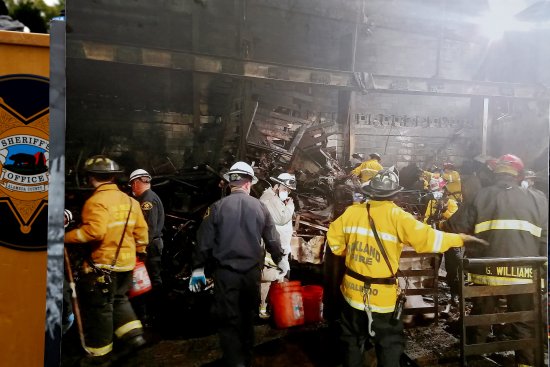
Police, fire and other city officials made dozens of visits to the warehouse before last year
After weeks of officials dodging questions about the Oakland warehouse fire that killed 36 people in December, the city on Wednesday released 600 pages of public records that show the local government had been aware the building was illegally occupied before the disaster.
The documents include repeated inspections and visits by police, firefighters and other Oakland employees over the last decade. The Police Department responded to 19 calls in that time, while the Fire Department was called four times, and the warehouse and a nearby vacant lot received 39 code enforcement inspections between 2004 and 2016, according to the New York Times.
The warehouse, known as the Ghost Ship, was home to a group of young artists. All but one of those who died in the fire on Dec. 2 were there to attend a concert organized without a permit, the Times reported.
Neighbors said the occupants of the Ghost Ship often held parties, according to the Times, but when officers had visited the building in the past they did not make any arrests or require the building’s occupants to make a change.
The Oakland Fire Department has come under particular scrutiny for not taking action about the building prior to the devastating fire. In the wake of the incident, Oakland city officials spoke out about what they called a “housing crisis” in Oakland that prompts many young people to look for cheap, often communal housing.